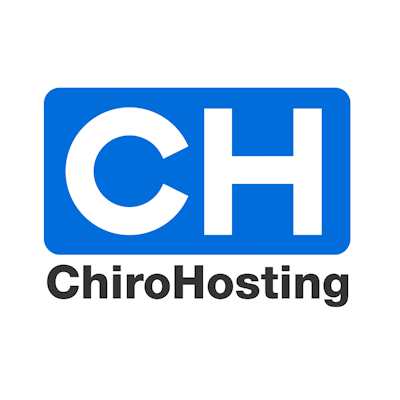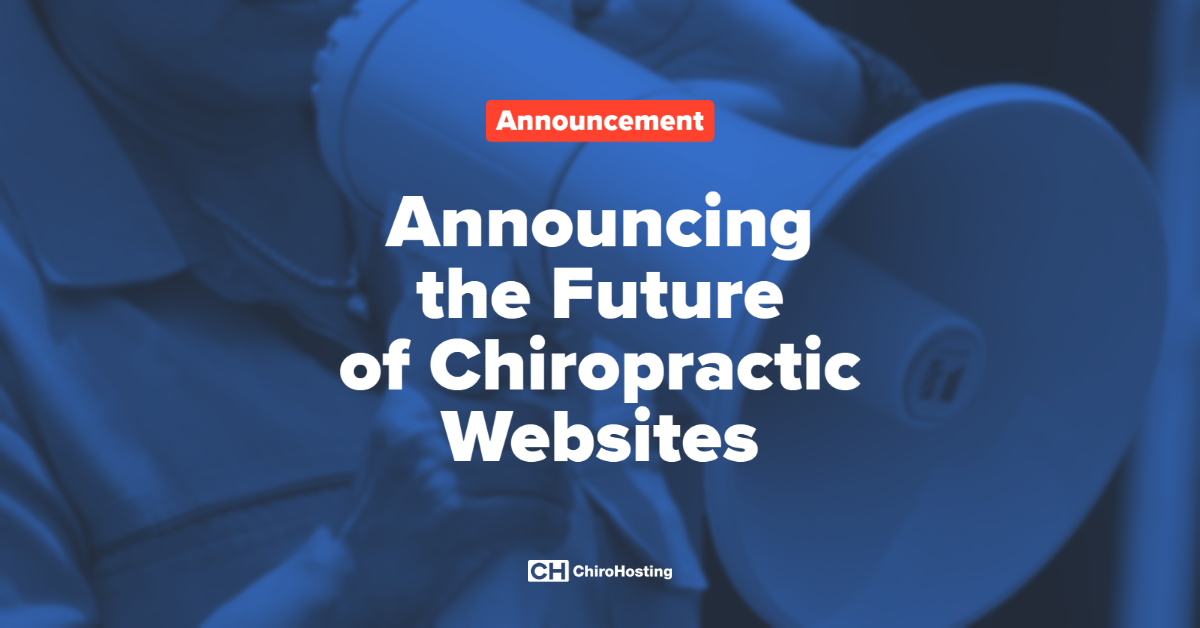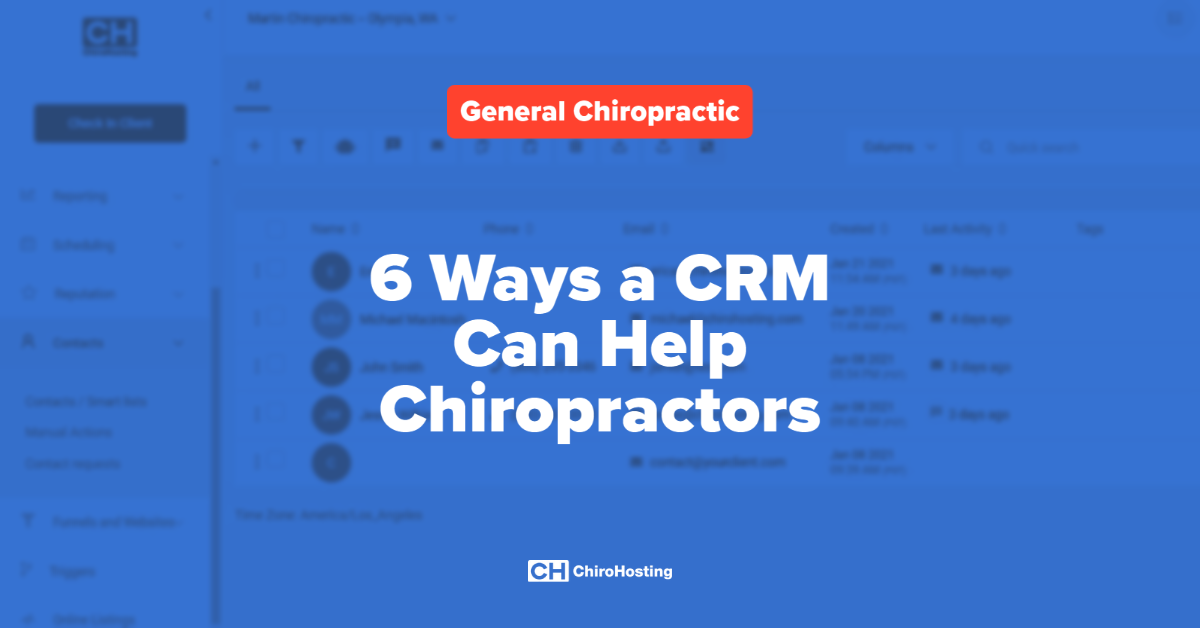
This article is dedicated to the many doctors I've spoken with who struggle with their marketing. This is an attempt to help shed light on the most often missed, and arguably most important, aspect of any marketing campaign -- the "Evangelists". Who are they and how do you get them?
In the last two years, I've worked with somewhere between 200 and 300 doctors and most of them want to know how they can improve their marketing strategies. They're either dissatisfied with the number of referrals they receive and want to amp up their game or they're disenfranchised because they've been conned by a shady "marketing expert." The most common question I get is "how do I improve my search engine rank and get more traffic?" The answer isn't always what the doctor wants to hear...
It doesn't matter how many people are coming to your website. You could be getting 3,000 visitors per month and it won't make any difference if you're not converting any of them into patients. Likewise, collecting patient emails and building Facebook fans is worthless if only a fraction of them result in tangible income.
Let's face it, chiropractic is a boring subject to people who aren't actively in pain. Why would the average stranger ever want to read articles about sciatica, read newsletters about clinic events, or pay money for what they perceive to be a glorified back cracking? Under normal circumstances, people are only going to come into your clinic if they're suffering and think you can help them. There are three broad strategies for pulling people into your clinic:
Option A: Broadcast Marketing
This strategy includes: paid advertising, search engine optimization, event marketing, public speaking engagements, website development, leaflets, billboards, and television ads. If you're providing exceptional service, broadcast marketing should comprise less than 30% of your total new patients. The patients you get from broadcast marketing will run the gamut from Jane Smith who didn't realize chiropractic was an option until she researched it online, to Maggie Jones who is convinced that chiropractic can cure her of the aliens who inhabit her spine. Generally speaking, you're going to get a lower quality patient from broadcast marketing and it's going to cost you a moderate amount of money to get them into your clinic.
Option B: Word-of-Mouth Marketing
There are ways to improve your broadcast marketing -- focusing on education, using innovative platforms, and writing targeted copy are all useful techniques. I don't recommend neglecting broadcast marketing, but I do think it gets an inordinate amount of attention considering it rarely brings in more than 30% of your patients. The bigger question is "where do the other 70% come from?"
This is the oldest and most powerful kind of marketing. John Doe finds an excellent chiropractor who helps him recover from whiplash and he tells Don James that the doctor might be able to fix his lower back pain. It's the best kind of marketing for the following reasons: it's trustworthy, it's memorable, and one evangelist can generate lots of new patients without costing you a dime. One important distinction we should make is between a Direct Referral and a Word-of-Mouth Referral. The Direct Referral is a person who is given your business card by a friend, told to see you, comes in almost immediately, and mentions their friend's name. Conversely, a Word-of-Mouth Referral is a patient who comes in because a friend mentioned that chiropractic might be an effective treatment for their condition and they recognized your name because you had helped someone else they knew. In brief -- Direct Referral patients come from evangelists who are passionate about your service. Word-of-Mouth Referrals are people who have heard about you because you've done a good job educating the community and you've been providing exceptional care for years.
Word-of-mouth marketing is the most efficient, powerful, and sometimes elusive form of outreach. The ultimate goal is to turn your patients into either Active Evangelists who generate Direct Referrals or Passive Evangelists who educate the community about chiropractic and expand your name recognition. Evangelists will only ever comprise a minority of your patients, but there are ways you can maximize your chances of creating an Evangelist:
- Provide exceptional care with tangible results.
- Create a remarkable and memorable office environment.
- Train your staff in First Class Best Practices.
- Emphasize education in your clinic and the broader community.
- Tell a compelling story about how you helped them.
- Explain why you're so remarkable and different.
- Rave about their experience in tangible ways.
- Be able to educate their friends and family.
Option C: Hybrid Marketing
This emerging field of marketing is usually called "social media marketing", but it's just a combination of Word-of-Mouth and Broadcast Marketing. Websites like Facebook and Twitter allow patients to rapidly evangelize products and services that they're passionate about. In the olden days (pre-2004), a person would experience an outstanding service and would slowly tell their friends about it as the subject came up in conversation. It could take several months for a person to tell their story to fewer than 10 people. Today, thanks for social media platforms like Facebook, an Evangelist can spread their message to several hundred people within seconds -- IN ADDITION to the traditional verbal method. It's important to note that social media isn't replacing traditional forms of communication, it's just amplifying them.
So why are so few chiropractors successful on social media websites? Simple: they treat it like a Broadcast Marketing platform and forget about the importance of Word-of-Mouth. For more information, you can read my Facebook Marketing Guide or give me a call.
Specific Strategies
Here's where things get tricky. How do I give you specific strategies when the overall goal is to be unique and remarkable? Ideally you'd just give me a call and pick my brain over the phone, then I could give you specific ideas for your practice, but in lieu of that I'm going to paint with broad brush strokes and provide general suggestions:
- Provide more than high-quality chiropractic care. Keep the patient's experience in mind and surprise them with a higher quality of service than they're expecting.
- Hire only intelligent, enthusiastic, and friendly staff members and educate them about chiropractic. They're the face of your clinic and must be exceptional.
- Invest in a warm and welcoming environment. Create a space that patients want to spend time in. Sterile medical offices make people unhappy and nervous.
- Provide delicious drinks and food. Hospitality sticks in peoples' minds and gives them something to rave about. Stale coffee doesn't count.
- Try to find an urban space for your clinic with lots of foot traffic. Downtown locations, especially street front, have built-in marketing. Word-of-mouth is strongest in urban areas.

















